Hotel Management Class Notes 25
SAUCES
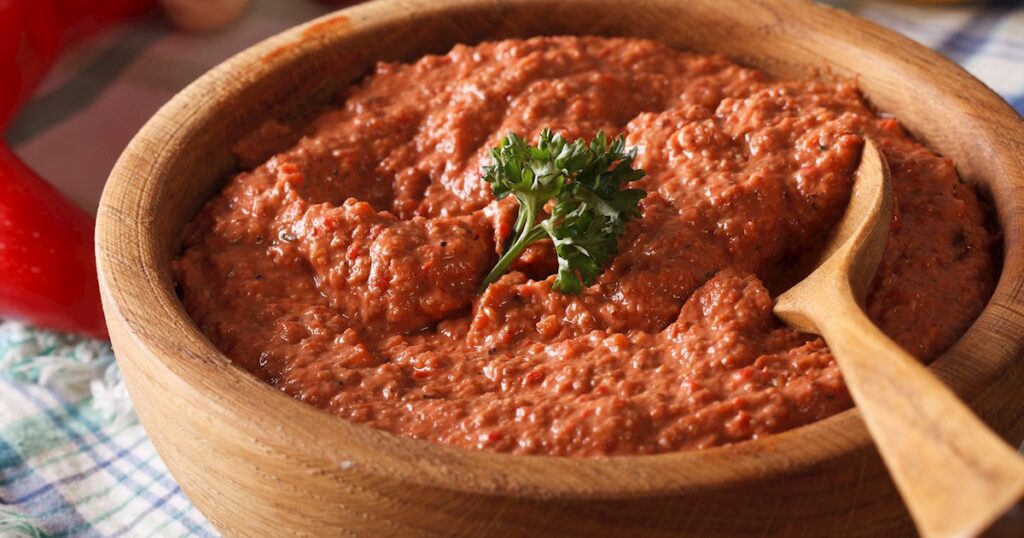 :-
:-
Muhammara is a nutritious dip originating from the Syrian city of Aleppo. It is made with a combination of roasted red peppers, olive oil, and ground walnuts. The peppers give the dish a particular sweetness and smoky flavor, while ground walnuts make it texturally exciting.
Lemon juice, pomegranate molasses, garlic, and salt are often added to the dish. Traditionally, it was prepared in a mortar, but modern techniques usually mec

hanically blend the ingredients, so its texture might vary from grainy to smooth. It is usually served individually in small bowls or in larger plates, when it is consumed communally.
Freshly baked pita bread is the essential accompaniment to every muhammara dip – typically cut in triangles, pita is used as a utensil to scoop up this delightful spread. Muhammara is often a part of a mezze, served alongside baba ganoush, labneh, or hummus, but it is also often used as a dip for raw vegetables or a sauce accompanying grilled meat and fish dishes.
Hoisin Sauce :-
Origin in China
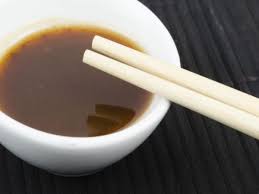
Hoisin sauce is a common ingredient in Asian cuisine, used for glazing and flavoring a wide variety of grilled or stir-fry meat and seafood dishes. It can even be used for preparing marinades, but also as a dipping sauce for spring rolls, egg rolls, grilled tofu, and other appetizers, or as a base for preparing more complex sauces.
With a unique blend of flavors, the aromatic hoisin sauce is usually made with starches such as sweet potato, wheat or rice, fermented soybeans, sesame paste, garlic, rice vinegar, red chili peppers, and brown sugar. With its distinctive, well-balanced flavor of salty, sweet, and spicy notes, hoisin sauce adds a boost of umami to many classic Chinese dishes such as Peking duck and moo shu pork.
Beurre blanc :-
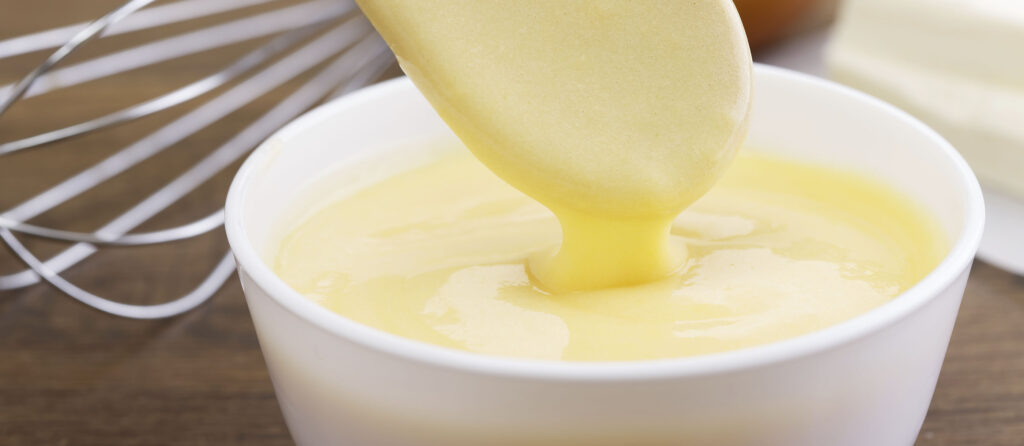
Origin in France
This thick, rich, creamy sauce is made from butter, white wine, shallots, and white wine vinegar. It has a slightly sweet, tangy flavor that goes especially well with poached fish, shellfish, and asparagus. This versatile sauce was popularized in the 1960s and 1970s by French chefs looking to brighten up their dishes with tart sauces instead of more traditional, roux-heavy sauces.
While there are many theories about its origin, the most popular one suggests that it was invented in the early 20th century by chef Clémence Lefeuvre in a small village near the city of Nantes in France, when she forgot to put eggs into the Béarnaise sauce she was making for fish.
The new sauce was a hit with her customers, and the classic beurre blanc was born.
Romesco :-
Origin in Spain
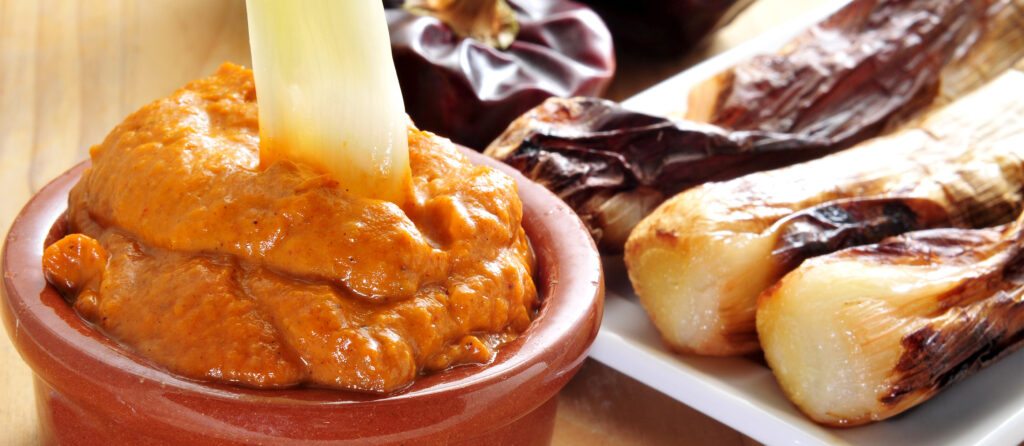
Romesco is a savory Spanish sauce consisting of red peppers, tomatoes, onions, and a variety of roasted or raw nuts such as pine nuts, hazelnuts, and almonds. The sauce is extremely versatile, so it can be served with fish, seafood, salads, vegetables, and meat dishes, although it can also be used in stews, giving them a savory richness.
Romesco is also traditionally consumed as a dipping sauce for grilled spring onions, which is another Catalan delicacy.

Mujdei
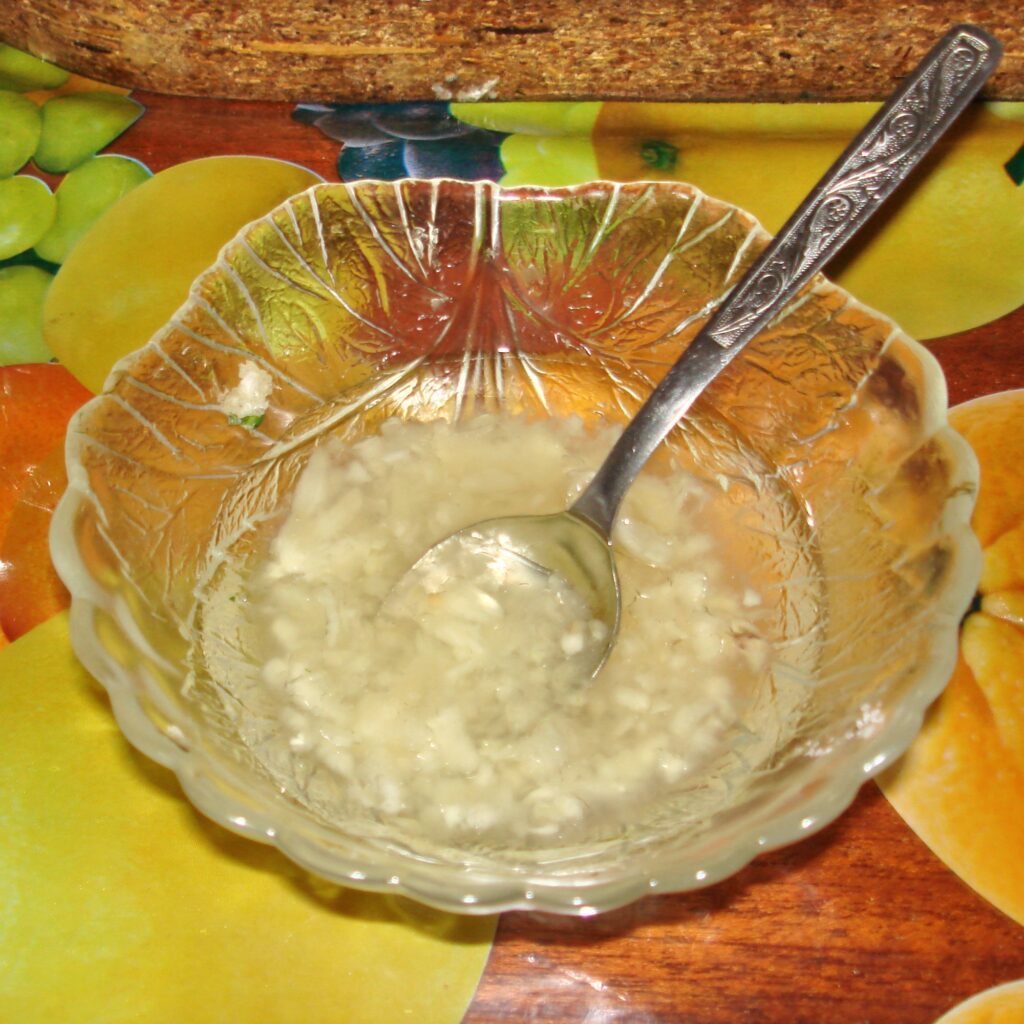
Mujdei is the Romanian version of garlic sauce. It consists of garlic cloves, sunflower oil, pepper, and water. The cloves are mashed with other ingredients, and the sauce is then typically served with fish or fried potatoes. Mujdei can vary in texture from runny to thick.
The name of this sauce is derived from must de ai, meaning must of garlic.
Mole Poblano
Origin in maxico
The most popular mole sauce is mole poblano (also known as mole rojo or red mole), consisting of at least twenty ingredients, including the likes of cinnamon, black pepper, poblano chiles, cloves, anise seed, and chocolate. According to a popular legend, it was invented in the Mexican city of Puebla in the 16th century, when people in the Santa Rosa convent prepared a different version of the original Aztec sauce in order to show honor to a visiting bishop.
However, it’s also associated with Oaxaca and its seven famous moles. Some say that the secret to a good mole lies in the roasting of chile seeds that become charred and act as flavor bombs when blended in the sauce. Traditionally, this flavorful and spicy sauce is served over poultry dishes such as chicken enchiladas accompanied by rice on the side.
Tzatziki :-
Origin Greece
Tzatziki is a Greek concoction made from yogurt, cucumbers, garlic, and numerous herbs and spices such as dill, mint, or parsley. It is usually served as a sauce accompanying many meat dishes, as a simple dip, or an appetizer. Its name is derived from the Turkish word cacik, denoting a very similar dip, although some suspect that tzatziki was derived from the Indian raita dip.
Tzatziki is always served cold, and it is especially popular to serve it with dishes such as gyros and souvlaki. Often, it is served with pita bread as part of the first course of a big meal. With its huge popularity, and the fact that it is one of the best summer dips, it is not strange that there are many regional variations of tzatziki, in countries such as Iran, Iraq, Turkey, Cyprus, Bulgaria, and Serbia.
Vietnamese Fish Sauce (Nước chấm)
In its basic form, this ubiquitous Vietnamese sauce is prepared with a sour base of lime juice, or optionally vinegar, sugar, water, and fish sauce. Common additions include finely sliced chili peppers, garlic, shallots, spring onions, ginger, or fresh herbs.
The sauce comes in many regional varieties, and the final composition may also depend on the type of meal which it accompanies. Nước chấm is usually served as a dipping sauce alongside chả giò (spring rolls), bánh xèo (crispy pancakes), and various meat or seafood dishes, as well as noodles and soups.
Marie Rose Sauce
UNITED KINGDOM
Marie Rose sauce is a British sauce that’s usually made with a combination of mayonnaise, lemon juice, black pepper, tomatoes, and Worcestershire sauce. There’s also a much simpler version consisting only of ketchup and mayonnaise, and it’s popular in Ireland, where it’s often called burger sauce.
The sauce is traditionally used as an accompaniment to seafood, especially prawns. It was invented in 1960 by Fanny Cradock, a British cook.
Pesto Genovese
Itali
Pesto Genovese is a sauce with origins in the Italian city of Genoa. Traditionally, it consists of basil, garlic, pine nuts, olive oil, and cheeses such as Parmigiano Reggiano or Pecorino. Its name stems from the word pestare, meaning to pound or crush, referring to the original method of making the sauce with a mortar and pestle.
It is said that pesto originated from the ancient Romans who ate a paste called moretum, made by crushing together ingredients such as cheese, herbs, and garlic. Pesto is usually used with pasta, traditionally with trofie or trenette, but can also sometimes be served with sliced tomatoes or boiled potatoes.



